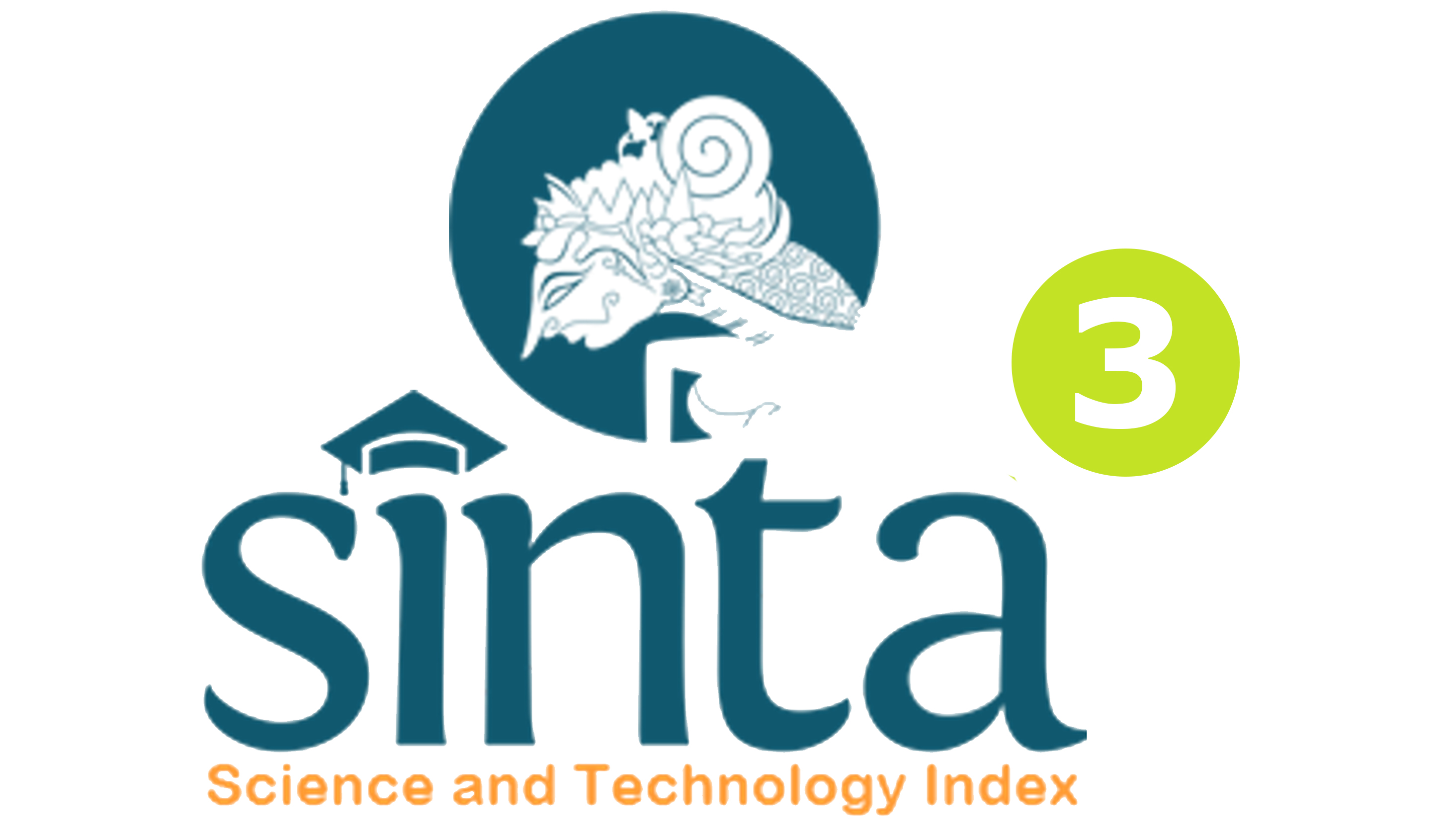PERBEDAAN EFEKTIVITAS MODEL KONSELING GESTALT TEKNIK KURSI KOSONG DENGAN TEKNIK PERMAINAN DIALOG TERHADAP SELF AGGRESION SISWA KELAS X SMA NEGERI 2 SINGARAJA
DOI:
https://doi.org/10.23887/jibk.v4i1.7543Abstract
Tujuan dari penelitian ini adalah untuk mengetahui efektivitas teknik kursi kosong dalam model konseling Gestalt terhadap Self Aggresion siswa kelas X MIPA2, untuk mengetahui efektivitas teknik permainan dialog dalam model konseling Gestalt terhadap Self Aggresion siswa kelas X MIPA6, untuk mengetahui perbedaan efektivitas teknik kursi kosong dengan teknik permainan dialog dalam model konseling Gestalt terhadap Self Aggresion siswa kelas X MIPA6. Proses pengumpulan data dalam penelitian ini menggunakan lembar observasi, lembar wawancara, buku harian dan kuesioner Self Aggresion. Penelitian ini merupakan penelitian semu (“Quasi Eksperiment”), metode analisis data yang digunakan adalah t-test. Hasil penelitian ini kelompok eksperimen I ditreatmen teknik kursi kosong model konseling Gestalt dengan pembanding kelas kontrol menghasilkan Harga t hitung > Harga t tabel yaitu 2,95> 2,03, eksperimen II ditreatmen teknik permainan dialog model konseling Gestalt dengan pembandingan kelas control menghasilkan Harga t hitung > Harga t tabel yaitu 26,4 > 2,04, model Konseling Gestalt teknik kursi kosong dan teknik permainan dialog telah terbukti efektif dalam meningkatkan Self Aggresion siswa dimana hasil uji F menyatakan bahwa kedua varian tidak homogeny didapatkan hasil uji t menyatakan bahwa Harga t hitung > Harga t tabel yaitu 4,17 > 2,03. Hasil rerata hitung, juga didapatkan = -3,14> = -7,36 Dari penelitian ini teknik permainan dialog lebih efektif dibandingkan dengan teknik kursi kosong model konseling Gestalt dalam meminimalisir Self Aggresion siswa kelas X SMA Negeri 2 Singaraja.Kata Kunci : Gestalt, Teknik Kursi Kosong, Teknik Permainan Dialog, Self Aggression
The purpose of this study was to determine the effectiveness of the technique of empty seats in a counseling model Gestalt against Self aggresion class X MIPA2, to determine the effectiveness of the technique of playing the dialogue in counseling model Gestalt against Self aggresion graders X MIPA6, to determine differences in the effectiveness of the technique of empty seats with game techniques dialogue in Gestalt counseling model to Self aggresion class X MIPA6. The process of collecting data in this study using observation sheets, sheets interviews, diaries and questionnairesSelf aggresion. This research is a pseudo ( "Quasi Experiment") data analysis method used was t-test. The results of this study are treated experimental group Iempty chair technique Gestalt counseling model to generate Price comparison control class t count> t table is 2.95 Price> 2.03, experimental treatments II game techniques dialog Gestalt counseling models by comparing a control class produce Price t count> t table is 26.4 Price> 2.04, the model Counseling Gestalt empty chair technique and technique of the game dialogue has been proven effective in improving students' Self aggresionwhere the F test results suggest that both variants are not homogenous obtained t test results stating that Price t count> t table is 4.17 Price> 2.03. Arithmetic mean of the results, also obtained = -3.14> = -7.36 From this study the technique of playing the dialogue is more effective than an empty chair technique Gestalt counseling model in minimizing Self aggresion class X SMA Negeri 2 Singaraja.
keyword : Gestalt , Empty Chairs Engineering, Mechanical GamingDialogue, Self Aggression
Published
Issue
Section
License
Jurnal Ilmiah Bimbingan Konseling Undiksha is an Open Access Journal. The authors who publish the manuscript in this journal agree to the following terms:
JIBK is licensed under a Creative Commons Attribution 4.0 International License. This permits anyone to copy, redistribute, remix, transmit and adapt the work provided the original work and source is appropriately cited.
This means:
Jurnal Ilmiah Bimbingan Konseling is licensed under a Creative Commons Attribution 4.0 International License.
(1) Under the CC-BY license, authors retain ownership of the copyright for their article, but authors grant others permission to use the content of publications in JIBK in whole or in part provided that the original work is properly cited. Users (redistributors) of JIBK are required to cite the original source, including the author's names, JIBK as the initial source of publication, year of publication, volume number, issue, and Digital Object Identifier (DOI); (2) The authors are the copyright owner of the article, and the author grants the JIBK held the first publication right.









.png)

.jpg)
